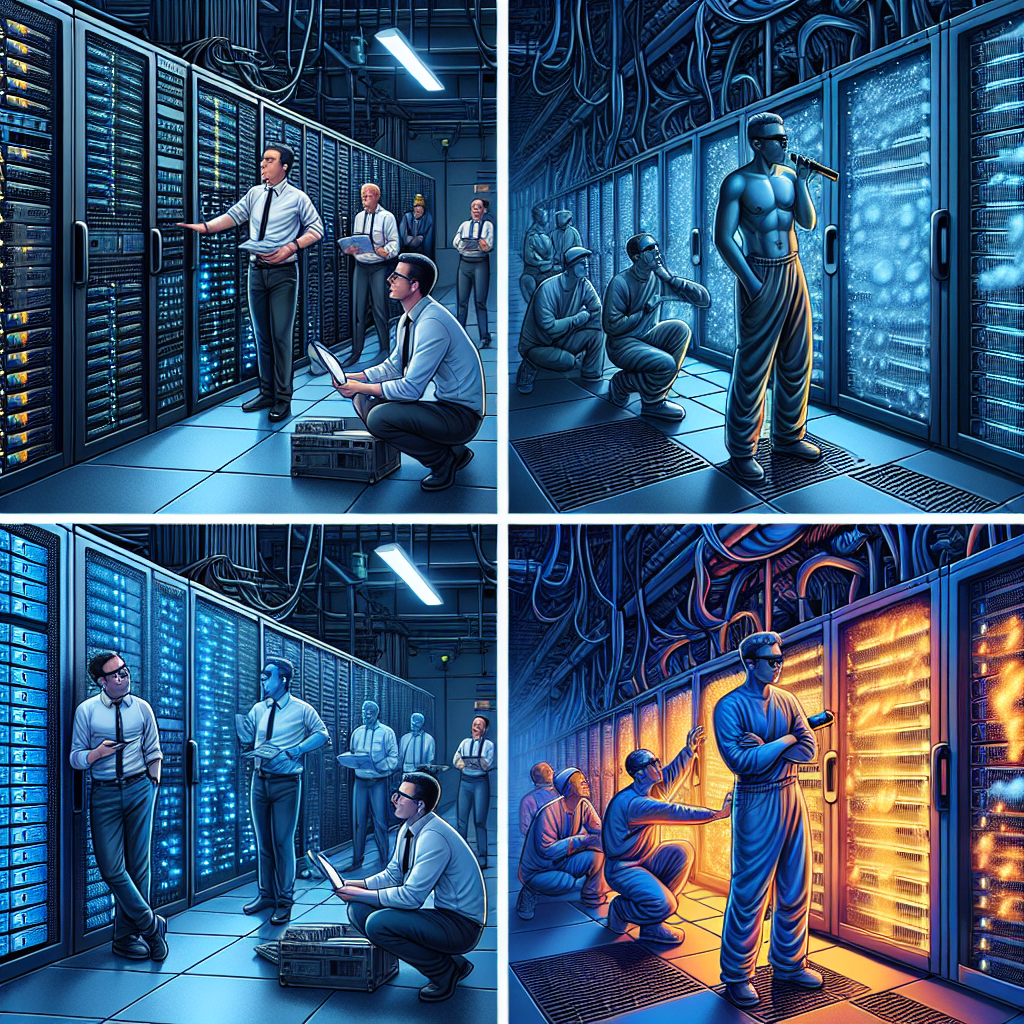Data centers are essential for storing and managing vast amounts of data for businesses and organizations. However, one common issue that data centers face is cooling problems. Proper cooling is crucial for maintaining the optimal temperature in a data center to prevent equipment from overheating and causing downtime.
There are several common cooling problems that data centers may encounter, including hot spots, inadequate airflow, and inefficient cooling systems. These issues can lead to equipment failure, reduced performance, and increased energy costs. To prevent and resolve these problems, data center managers need to implement effective troubleshooting and solutions.
Hot spots are one of the most common cooling problems in data centers. Hot spots occur when certain areas in the data center become significantly warmer than others, leading to uneven cooling and potential equipment damage. To address hot spots, data center managers should consider improving airflow by rearranging equipment, sealing cable openings, and adding additional cooling units to the affected areas.
Inadequate airflow is another common cooling problem in data centers. Poor airflow can prevent cool air from reaching equipment, causing it to overheat. To improve airflow, data center managers should ensure that air vents are unobstructed, use blanking panels to fill empty rack spaces, and implement hot aisle/cold aisle containment systems to optimize airflow.
Inefficient cooling systems can also contribute to cooling problems in data centers. Outdated or undersized cooling systems may not be able to adequately cool the data center, leading to equipment overheating and increased energy consumption. Data center managers should regularly maintain and upgrade cooling systems, such as installing energy-efficient cooling units, implementing temperature and humidity monitoring systems, and using air containment strategies to improve cooling efficiency.
In addition to these troubleshooting measures, data center managers can also implement preventive measures to avoid cooling problems in the first place. This includes conducting regular temperature and airflow assessments, implementing best practices for equipment placement and cable management, and investing in energy-efficient cooling solutions.
Overall, addressing data center cooling problems requires a proactive approach to troubleshooting and implementing effective solutions. By identifying and resolving cooling issues promptly, data center managers can ensure optimal performance, reliability, and energy efficiency in their data centers.


Leave a Reply